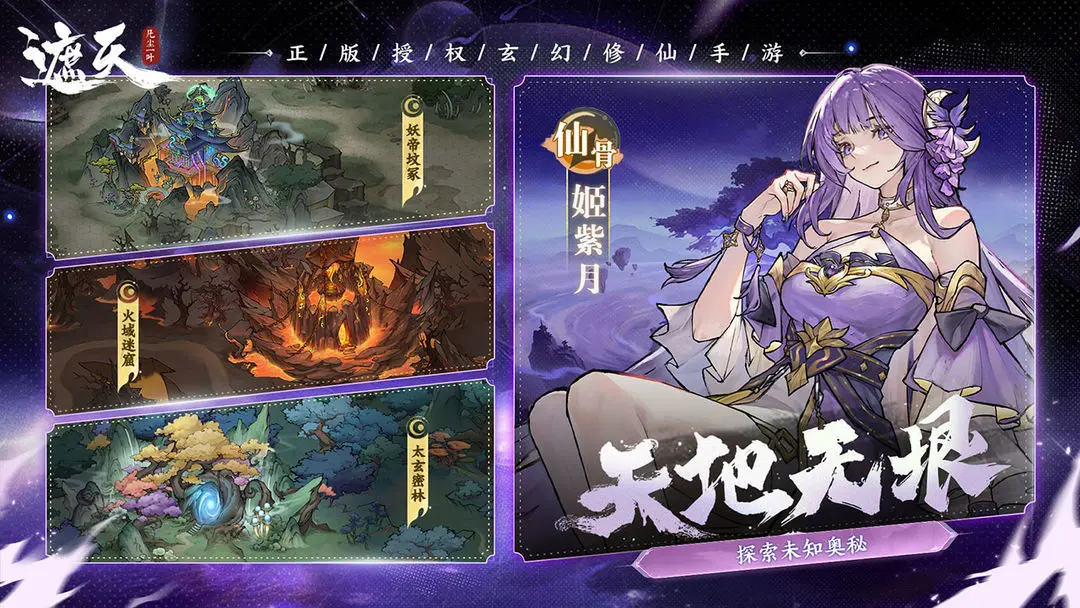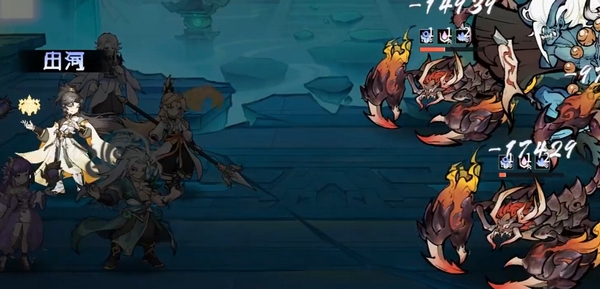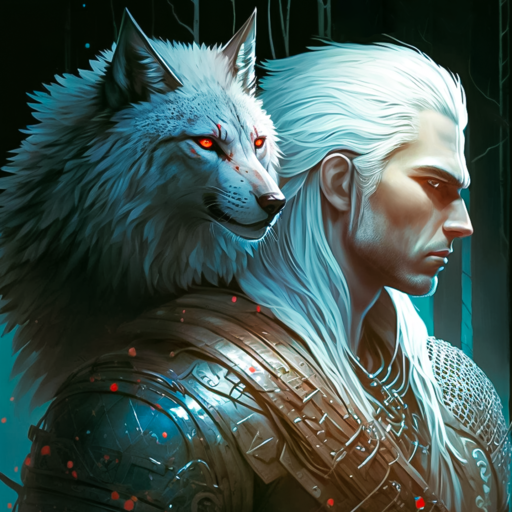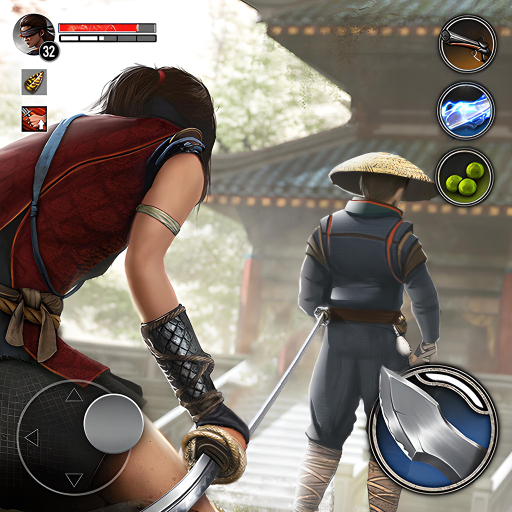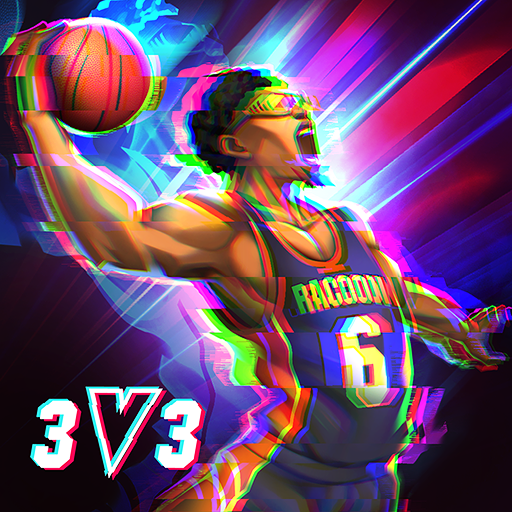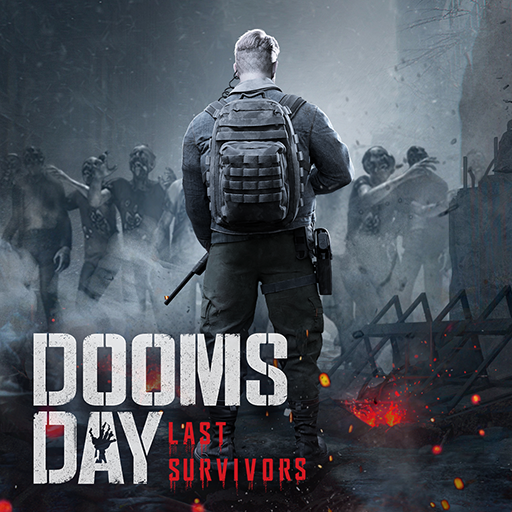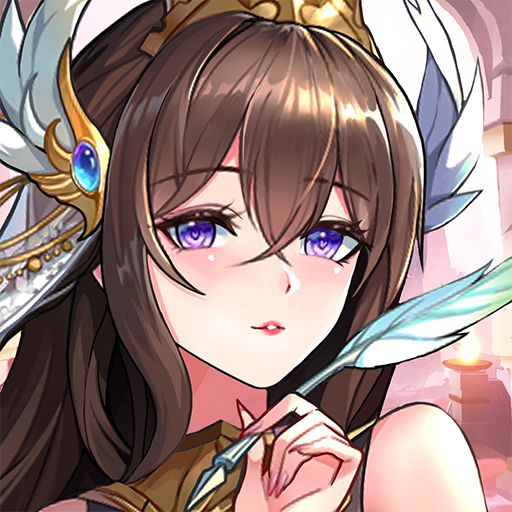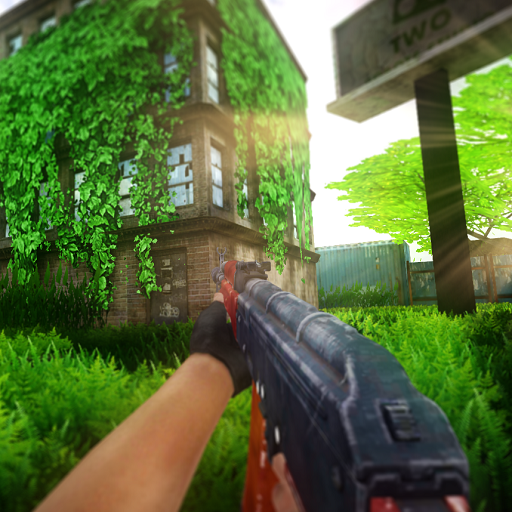In the game "Soul Land: Soul Hunter World," which combines character cultivation and strategic combat, a reasonable lineup configuration and soul master pairing are key to enhancing player performance. This issue will bring you recommendations for lineup configurations in Soul Land: Soul Hunter World. In the game, soul masters are divided into four major categories based on their martial soul characteristics: Assault, Control, Support, and Defense. Each type of soul master plays an irreplaceable role in the team. Combining the mainstream lineup configurations of the current version, from novice development to high-end combat power, this guide provides a comprehensive pairing strategy for players.
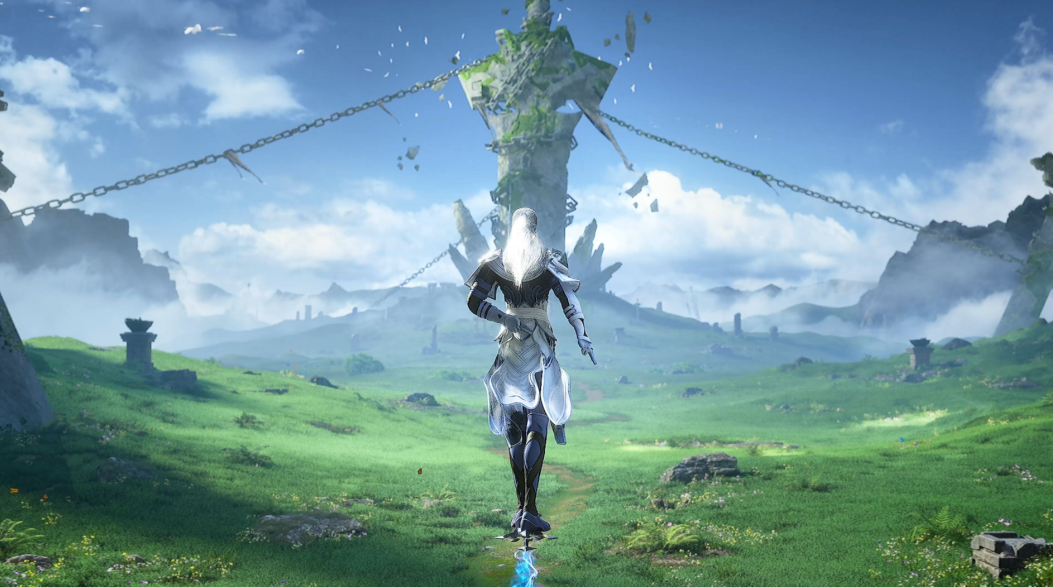
1. Novice Development Lineup
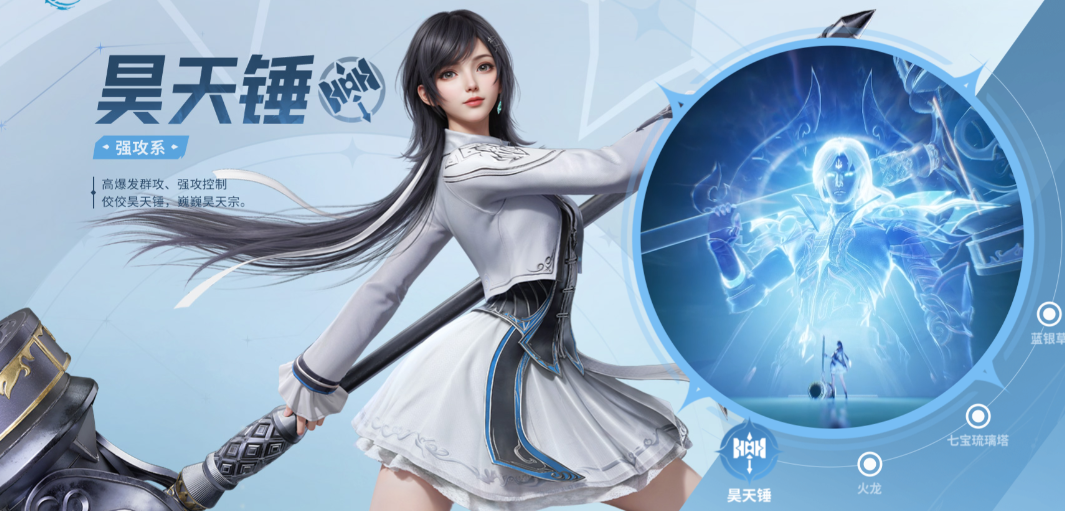
For new players entering the game, it is crucial to form a balanced and easily obtainable lineup. It is recommended to use Tang San, Xiao Wu, Ning Rongrong, Dai Mubai, and Oscar as the novice five-strong lineup. The advantage of this lineup lies in the fact that the characters can be obtained through the main storyline early on, and there are martial soul fusion skills and bond bonuses between them. Tang San, as the core of the assault class, provides stable single-target and area-of-effect damage; Xiao Wu serves as the control class, effectively interrupting key enemy skills; Ning Rongrong and Oscar form a dual support system, ensuring the team's survival and output; while Dai Mubai is a reliable front-line defender.
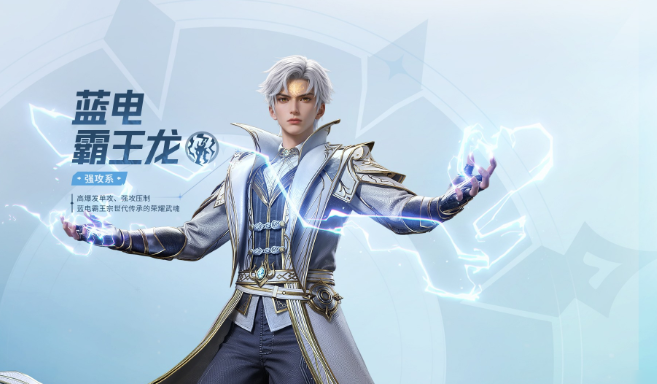
Soul Ring Configuration: For Tang San, it is suggested to pair "Blue Silver Prison" + "Blue Silver Overlord Gun" for both control and burst; Xiao Wu carries "Waist Bow" + "Charm" to enhance single-target control ability; Ning Rongrong selects the all-attribute bonus soul skill of "Seven Treasures Glazed Pagoda"; Oscar is equipped with a dual healing system of "Recovery Big Sausage" + "Excitement Pink Sausage"; Dai Mubai uses "White Tiger Body Shield" + "White Tiger Destruction Kill" for an integrated attack and defense setup. This combination of soul rings performs excellently in the early stages of map clearance and arena battles. Lineup Operation Logic: During battle, Dai Mubai enters first to draw fire, Xiao Wu looks for opportunities to control the enemy's core damage dealer, Ning Rongrong and Oscar promptly provide buffs and healing to the team, while Tang San delivers full output from a safe position. When the enemy's health drops to the kill line, the martial soul fusion skill "Blue Silver Flexible Bone Lock" between Tang San and Xiao Wu can be triggered to finish off the enemies. This lineup is simple to operate, has a high fault tolerance rate, and is particularly suitable for new players to get familiar with the combat mechanics.
2. Mid to Late Game Mainstream Lineups
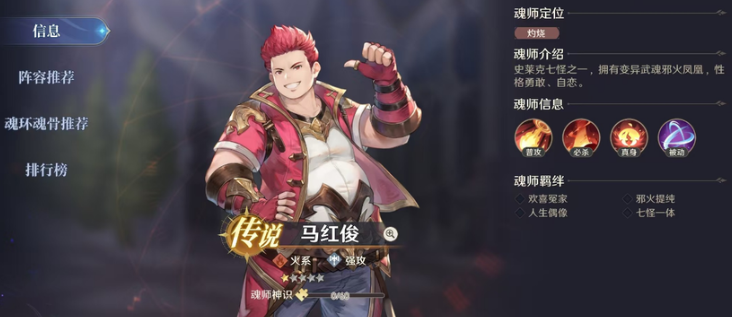
As the game progresses, players can obtain more powerful soul masters, and lineup combinations become more diverse. A burn burst team centered around Ma Hongjun, Huo Wu, and Liu Er Long. Ma Hongjun's "Phoenix Sky Roar" and Huo Wu's "Flame Crane Blaze" can stack multiple burn effects, while Liu Er Long's "Blazing Dragon Tornado" detonates all burn statuses to deal massive damage. For the support position, it is recommended to pair with Ning Fengzhi to increase spirit power recovery speed, and for the defense position, choose Zhao Wují to provide group shields. This lineup excels at dealing a large amount of damage in a short time, especially against enemy lineups with high health points.
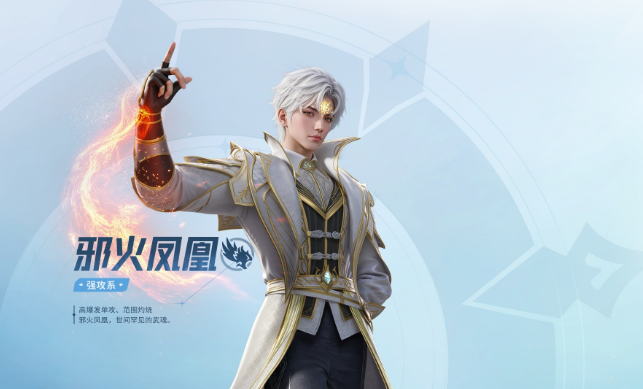
A control chain lineup consisting of Bibi Dong, Hu Liena, and Gui Mei. Bibi Dong's "Death Spider Web" can bind groups, Hu Liena's "Fox Charm" disrupts the enemy formation, and Gui Mei's "Ghostly Shadows" provides continuous area slow effect. For the damage dealer, pair with Chen Xin's "Seven Kill Sword Intent" for targeted elimination, and for the healer, choose Ye Lingling to ensure team sustain. This lineup makes it difficult for enemies to organize effective attacks through continuous control effects, making it particularly suitable for PVP arena environments. Defensive Counterattack Style: A defensive lineup centered around Gu Rong, Bone Douluo, and A Yin. Gu Rong's "Bone Divine Dragon" can absorb a large amount of damage, Bone Douluo's "Bone Prison" restricts enemy movement, and A Yin's "Blue Silver Domain" provides continuous healing for the entire team. For the damage dealer, choose Jian Douluo Chen Xin or Haotian Douluo Tang Hao, using the safe environment created by defensive soul masters to deal damage. This lineup has extremely strong survival capabilities, making it suitable for high-difficulty dungeons and Boss challenges.
3. High-End Combat Power Lineups
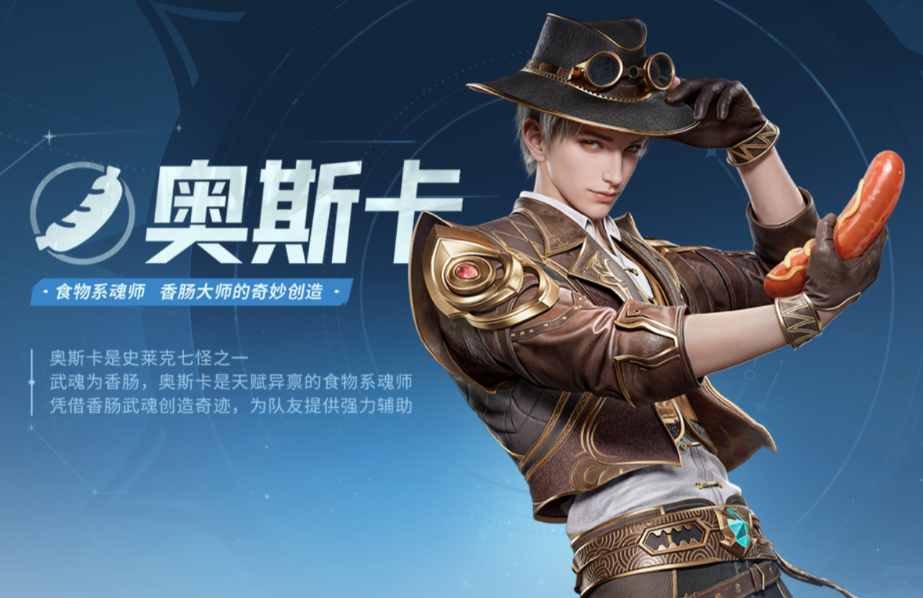
In the late-game high-end arenas, lineup combinations place more emphasis on the synergy between soul masters' skills and attribute counterplay. A three-god team composed of Sea God Tang San, Angel God Qian Renxue, and Rakshasa God Bibi Dong. Sea God Tang San's "Thirteen Trident of the Sea God" has the highest single-target burst damage in the game, Angel God Qian Renxue's "Angelic Holy Sword" can purify enemy buffs, and Rakshasa God Bibi Dong provides powerful group debuffs and control. For the support positions, choose Food God Oscar and Nine-Colored Ning Rongrong, forming a top-tier "Dual Gods Dual Supports" configuration. This lineup is well-rounded with almost no obvious weaknesses. Targeted configurations can be made against the current mainstream arena lineups. For example, when facing a burn team centered around Huo Wu, a water-based lineup with Shui Bing'er and Xue Wu can be sent to counter; when countering control lineups, choose Poseidon or Tang Chen, who have purification or control immunity abilities. In high-end competition, players need to flexibly adjust according to the opponent's lineup, mastering attribute counterplay is key to victory. Some tactical lineups that rely on specific mechanisms also perform impressively in high-level matches. For instance, a "Speed Burst Flow" centered around Bai Chenxiang, which achieves first-hand suppression by stacking a large amount of speed attributes; or a "Combo Pursuit Team" led by Feng Xiaotian, which uses multiple action mechanisms to launch a series of attacks. Although these special lineups have higher cultivation costs, once formed, they often achieve surprising victories.
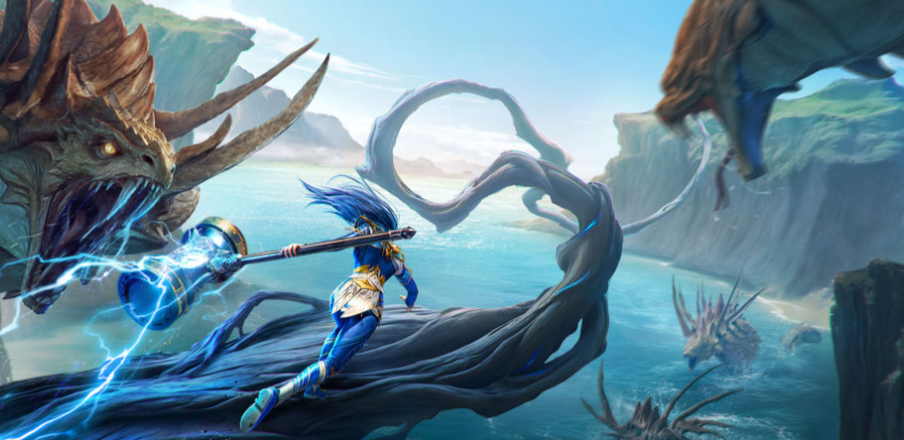
The recommendation system for lineup configurations in Soul Land: Soul Hunter World is rich and diverse, with no absolutely invincible perfect lineup. Players need to continuously adjust and optimize their configuration schemes based on the combinations of soul masters they possess, the characteristics of the opponent's lineup, and the specific combat environment. From the novice five-strong lineup to the specialized attribute teams in the mid to late game, each stage has its unique pairing strategy and combat enjoyment. It is suggested that after understanding the basic lineup framework, players should boldly try their own creative combinations, perhaps developing unexpectedly powerful lineups. Remember, in this world of martial souls, the默契配合往往比个体实力更为重要。
